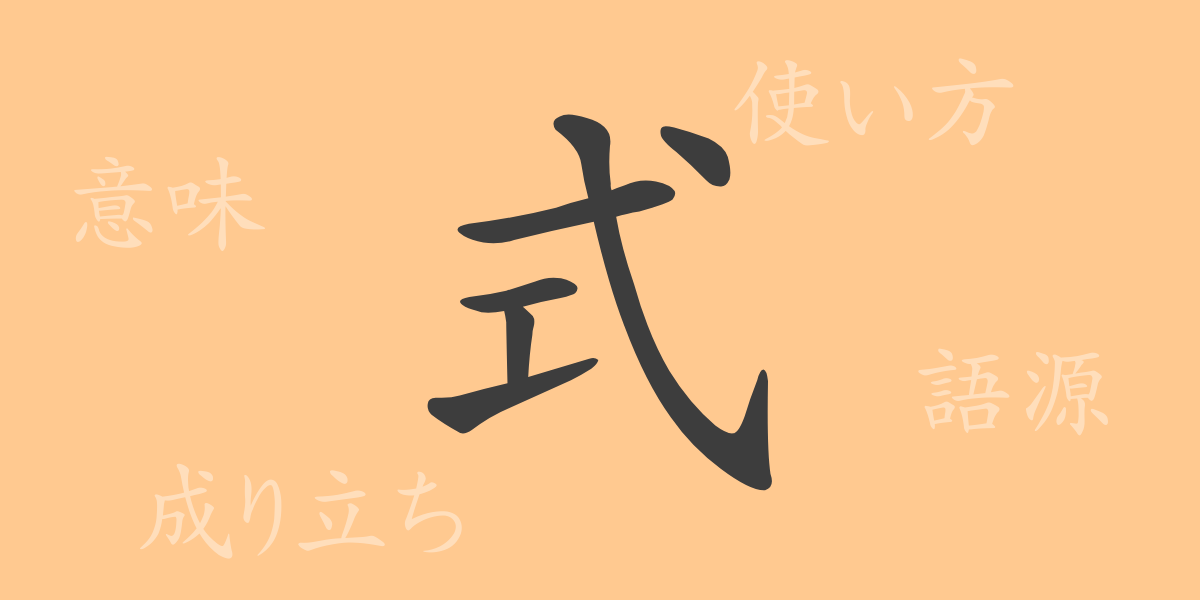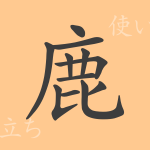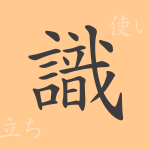Kanji is an indispensable element in Japanese culture and language. Among these, the kanji “式(しき)” is widely used, ranging from daily life and business scenes to traditional ceremonies. This article focuses on the kanji “式(しき),” exploring its origins, meanings, usages, readings, and related expressions. Understanding common kanji is essential for a deep comprehension of the Japanese language. Let’s explore the vast world that unfolds from this small character.
Origins of 式 (Etymology)
The kanji “式(しき)” originated in ancient China. Tracing its roots, it combines the “示(しめす)” radical, representing gods, with the “工(こう)” character, symbolizing form or norms. Therefore, “式(しき)” initially represented rituals for the gods or established norms. Over time, it came to be used in various contexts, but its fundamental concept remains unchanged.
Meanings and Usage of 式
The kanji “式(しき)” primarily means “following set procedures or forms,” “method,” or “style.” It is used in various contexts such as ceremonies (儀式 ぎしき) like weddings or funerals, mathematical formulas (方程式 ほうていしき), and grammatical structures (構文式 こうぶんしき). Additionally, “式(しき)” frequently refers to formal events or ceremonies, reflecting the Japanese cultural emphasis on formality.
Readings, Stroke Count, and Radical of 式
The kanji “式(しき)” holds a simple yet powerful meaning.
- Readings: The on’yomi (音読み) is “シキ,” and there is no kun’yomi (訓読み).
- Stroke count: It consists of 6 strokes.
- Radical: The radical is “礻(しめすへん),” indicating its connection to rituals or gods.
Idioms, Phrases, and Proverbs Using 式
There are many idioms, phrases, and proverbs that include “式(しき).” Here are a few examples:
- 結婚式(けっこんしき): A ceremony for a couple to become married.
- 入学式(にゅうがくしき): A ceremony to mark the entrance into a school.
- 卒業式(そつぎょうしき): A ceremony to celebrate graduation from a school.
- 開会式(かいかいしき): A ceremony to mark the opening of a meeting or sports event.
- 閉会式(へいかいしき): A ceremony to mark the closing of a meeting or sports event.
- 式を整える(しきをととのえる): To conduct things according to proper procedures or forms.
Conclusion on 式
The kanji “式(しき)” is a crucial element for deepening understanding of communication and culture in the Japanese language. Its uses are vast and closely related to our daily lives. By understanding the rich meanings and usages of “式(しき)” through this article, we hope you gain further appreciation of the Japanese language’s charm. Learning the history and culture behind each kanji enriches communication through language.

























